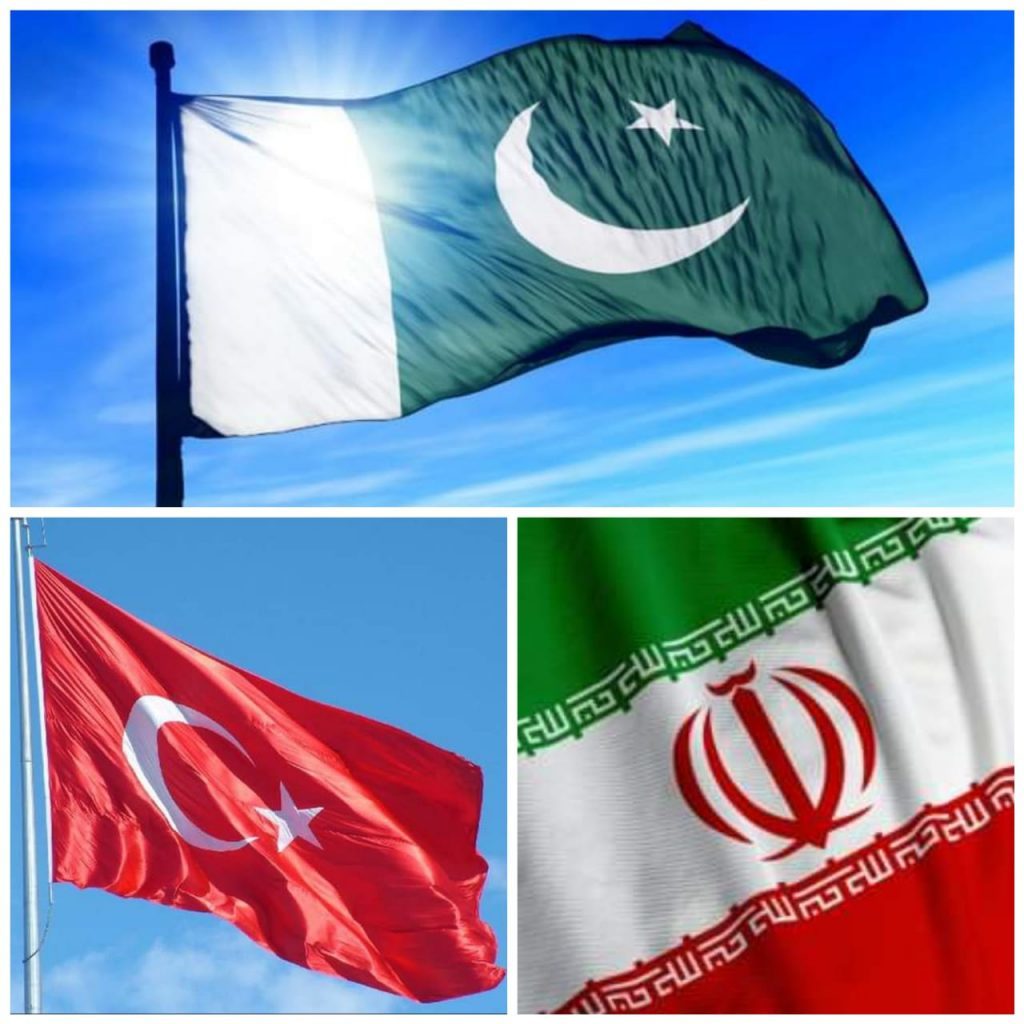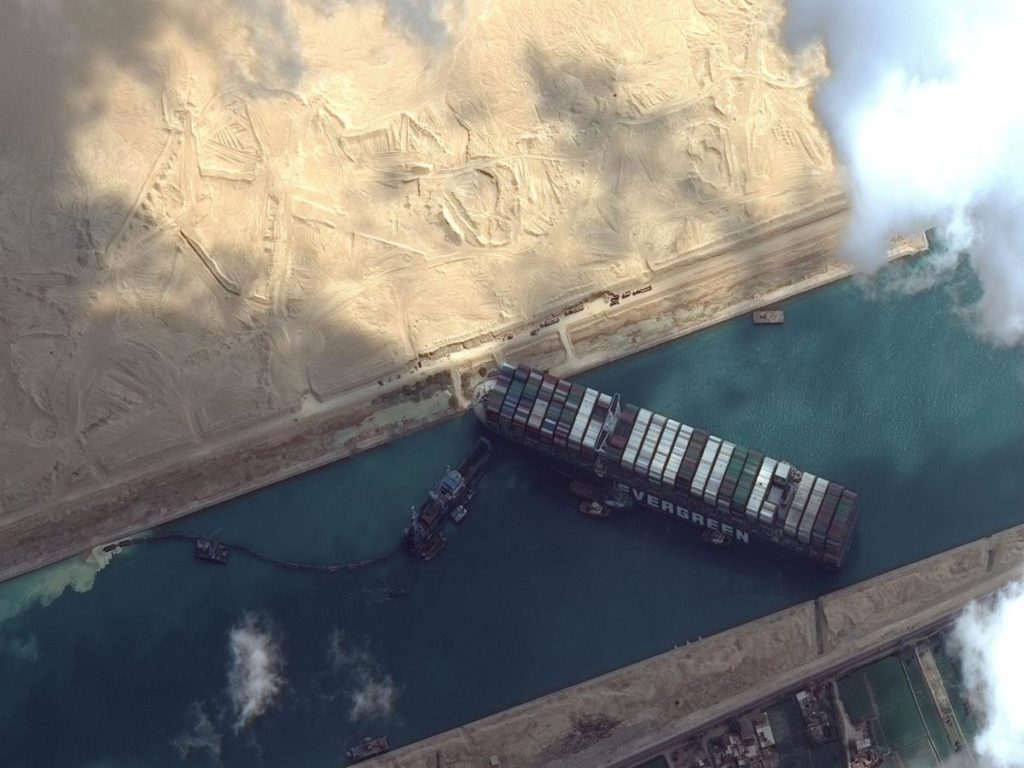Dear Readers,
The first twenty years of the 21st century witnessed significant global transformations one being Eurasia, the landmass encompassing Europe and Asia covering 35% of the earth’s surface and home to five billion people in over 90 countries, producing 65% of global GDP. Both continents were organically bound since millennia by trade, conquests and migration the ebb and flow of great civilizations spawned political and economic dynamics. The developments in Eurasia are complex and multifaceted, demanding a deeper understanding for all, particularly for the concerned circles of a country such as Pakistan. Pakistan needs a compact, comprehensive and futuristic policy roadmap for Eurasia. China and Russia’s moves are shaping the current and future economic, political and strategic landscape of the supercontinent. Beijing’s Belt and Road Initiative (BRI) in particular and its flagship China-Pakistan Economic Corridor (CPEC) is causing a paradigm-shifting connectivity and development throughout Eurasia. This offers immense opportunities for Pakistan particularly in terms of connectivity, trade, energy and social sector cooperation. Eurasia is the new frontier that beckons, a land of opportunities and riches, with China serving as the engine for this new world in the making. For the benefit of readers my article titled “An Eurasian Identity” is reproduced below:
When it broke earlier this year the ongoing pandemic was thought to stall the ongoing changes in global relations. Some were hoping that China’s march towards a leading role in international economy and politics as well as the newly evolving alliance between Russia and China would not be sustainable. But reality was different, the contrast between the dismal handling of the Corona crisis by the US and its efficient handling by China bringing about a fast economic recovery reinforced the perception towards a shift of economic and political leadership towards what increasingly is called ‘Eurasia’.
Pakistan has an identity crisis, physically and to an extent commercially, because of its geographical location, culturally and historically it is part of South Asia, Central Asia and the Middle East. Eurasia constitutes the consecutive land mass from the Pacific Coast to the Atlantic, it also includes these areas as well as East Asia, South-East Asia and Europe. Predicted as the centre of development or the ‘Pivot of History’ a hundred years ago, this vision is about to come true in front of our eyes. China’s far-sighted Belt and Road Initiative (BRI) aims at physically connecting the huge land mass by road, rail and pipeline as well as by establishing and securing maritime connections. Having resurged Phoenix-like from the ashes after the fatal dissolution of the Soviet Union, Russia, which for a short period of time tried to come to terms with the West, has now first directed its gaze firmly East by forging a strong alliance with China, and then south towards the Indian Ocean. Shanghai Cooperation Organization (SCO) and other mainly economic organizations have been created to work out the details of the new “Eurasian” connection. There are tensions or problems but attempts from the outside to break has not succeeded. New members in this alliance are Turkey and Iran. Mistreated by the West and the US, Turkey is a developing regional power that needs to be acknowledged as a land bridge for Eurasia. Suffering from decades of economic sanctions Iran stands ready for its potential to be exploited. With corporate integration into the Eurasian community, ours will also be a much better situation.

The World Economic Forum (WEF) has developed into an international community of leaders from business, politics, arts and media that is exercising a growing influence on the decision-making process in economy and politics in the global arena. With the world moving towards a multi-polar order, leaders and experts urgently need to collaborate across regional, political and national boundaries. WEF’s “Global Platform for Geo-strategic Collaboration” brings top quality, evidence-based research to a wider audience and create a space to promote shared understanding. Represented in this important organization through several Pakistani business groups and is taking an active part in its work thus making its presence as a member of the global community felt. Pakistan has been working so far within the group of Middle Eastern and North Africa (MENA). The change in global alliances and power relations must address the changed international situation. The recent developments in the Middle East and Gulf region are not in conformity with the existing foreign policy realities. So, Middle East and the MENA Region does not have Pakistan’s primary attention anymore and vice-versa. Developments in South Asia and Central Asia have more regional significance for Pakistan. Not grouped with South Asia, increasingly Pakistan was only a bystander in the context of MENA group. The growing alliance with China through BRI and CPEC makes Iran and Central Asia much more important for Pakistan.
BRI and its principal component, CPEC has brought into focus ECO. This was established in 1985 as a substitute for the US/UK-inspired Regional Cooperation for Development (RCD) comprising Iran, Pakistan and Turkey as the economic arm of the anti-communist Baghdad Pact succeeded by the Central Treaty Organization (CENTO), ECO was expanded in 1992 to include seven new members i.e. Afghanistan, Azerbaijan, Kazakhstan, Kyrgyz Republic, Tajikistan, Turkmenistan and Republic of Uzbekistan. Twice the size of EU, the world’s most successful region grouping, ECO occupies 8m sq. kms of area with a population of 440 million (2013 figures), making 6.20% of total global population. Bordered in proximity by Russia, China, the Indian Ocean, the Persian Gulf and the Caspian Basin. ECO’s total trade was US$688 billion in 2015 with the combined GDP of around US$1.96 bn, the average GDP per capita was US$ 4300. Foreign Direct Investment (FDI) inflows reached $37.7 billion in 2015. BRI initiative China will certainly commit (and depend) much more in ECO. As the initiator of CPEC, China help Pakistan to overcome its economic problems and Russia as an entirely new partner in more than only one area are facts that today are defining our political profile and have to be included into our national identity.
A land bridge between Europe and Asia ECO’s railway transport network is presently 55,000 km long, (1) Turkey-Iran-Pakistan Train Network is a part of their Trilateral Connectivity Networks covering connectivity through rail, road, air and optic fibre. The journey (6566 km) from Islamabad to Istanbul via Tehran takes 14-16 days, as compared to 40-45 days from Karachi to a Turkish sea port. An agreement has been reached to cut the journey time from 15 to 10 days through swift trains (2) Turkey-Iran-Turkmenistan-Uzbekistan-Kazakhstan train network will serve to bring together the Persian Gulf, the Gulf of Oman, Asian countries, China, Russia, Turkey and Europe, shortening the previous route that ran from Kazakhstan along the Turkmen-Uzbek border and to Iran by 600 kms, making the journey two days shorter (3) 80% progress has already been achieved in Qazvin-Rasht Segment (164 km) of Azerbaijan-Iran which means 60% progress in the whole Qazvin-Rasht-Astara route (4) Kazakhstan-Turkmenistan-Iran railway link is strategically situated for parties involved as it connects Central Asia to the Persian Gulf, via Iran, to be connected to the railway network for the access to ports. The railway will facilitate the access of European countries (direct route) the Persian Gulf ports.

Three times shorter than the Suez Canal route the several Eurasia Corridors will play an important role in creating new commercial and social environments in the region near the Caspian Sea and north territories from Bereket to the border with Kazakhstan. With the biggest reserve of oil, natural gas and mineral resources and its unique geo-strategic position of being the shortest trade and transit route to Europe and Africa, this region is ideal for developing transport and communication facilities. The abundance of rich energy resources makes ECO potentially an engine of world economic growth.
Recognizing this new reality WEF invited Pakistan, the eastern anchor of the ECO grouping, to join the Eurasia Group, “a community that drives a pan-regional and cross-industry dialogue, with the objective of helping navigate Eurasia’s economic development and recovery in an era of crisis-induced uncertainty. The Group interacts regularly in order to define key growth opportunities for the region and develop new perspectives and recommendations to drive Eurasia’s digital transformation, enhance competitiveness and bolster resilience.” Pakistan will take part in the next (virtual) meeting of the group in December. This is a quantum leap for Pakistan’s geo-political and economic options. Pakistan has been in a bit of an identity crisis with its major attachment with the US about vanishing, what was overdue was the improved relations with our immediate neighbour Iran and the fast-developing positive relations with a strong and self-assured Turkey having developed recently.
Under the PTI government Pakistan has started on an admittedly long path of reform and reorganisation not only of our economy but of our institutional set-up. That has become necessary in view of the deplorable state of our administration, bureaucracy, educational system and others. First steps for improvement have been taken but will need much more time. The Corona pandemic that has hit our as well as everybody else’s economy hard has been handled so far quite successfully especially in the face of our weak healthcare system. While talking to CNN’s Fareed Zakaria recently former US Treasury Secretary, former President Harvard University and renowned economist Lawrence Summers expressed his opinion that had America handled the coronavirus pandemic as well as Pakistan, it could have saved in trillions of dollars. Thus, despite of all problems that are chasing us, there is some success as well and there is light at the end of the tunnel. Pakistan now needs to make itself more aware of Eurasia and communicate this to our people. A good example in this regard is Turkey which has been successfully handling its economy based on its new analysis of what the national interest of the country would be in future. Similarly making our choices freely and confidently, Pakistan’s being represented in the Eurasia Group is a step in this very direction.
“The opinions/views expressed in Defence Journal are entirely those of the writers and cannot be construed to reflect the official views of Defence Journal”.




